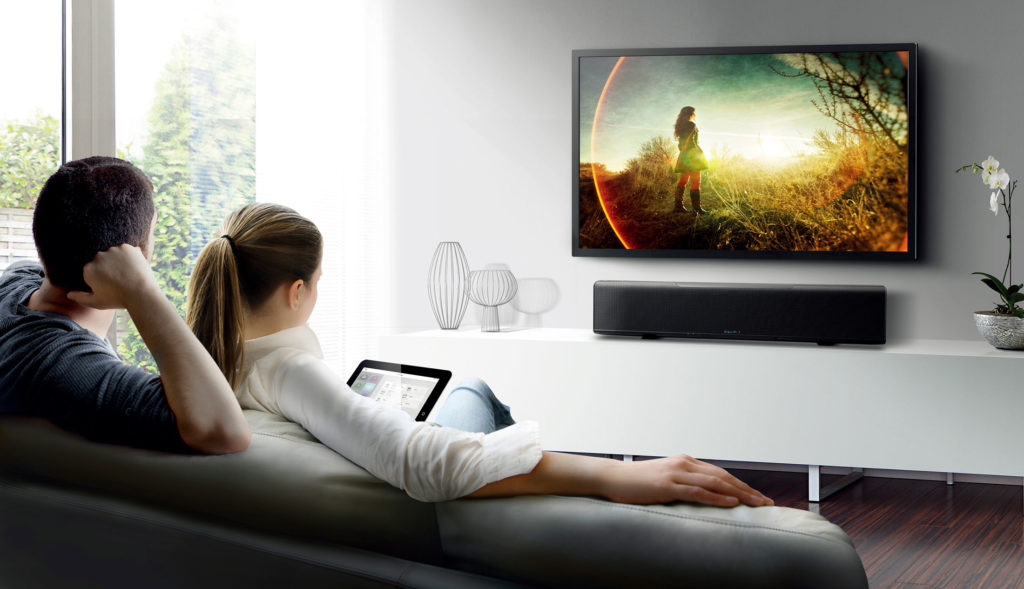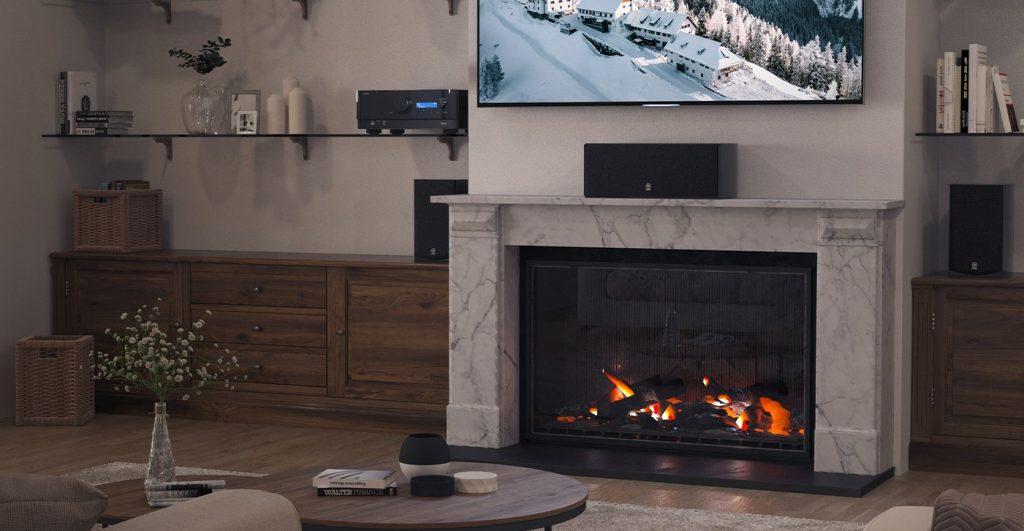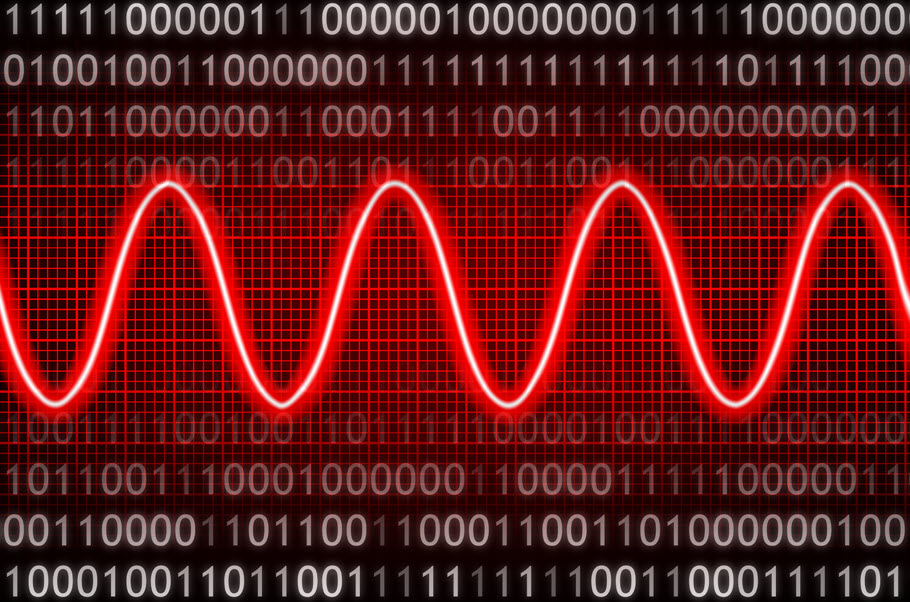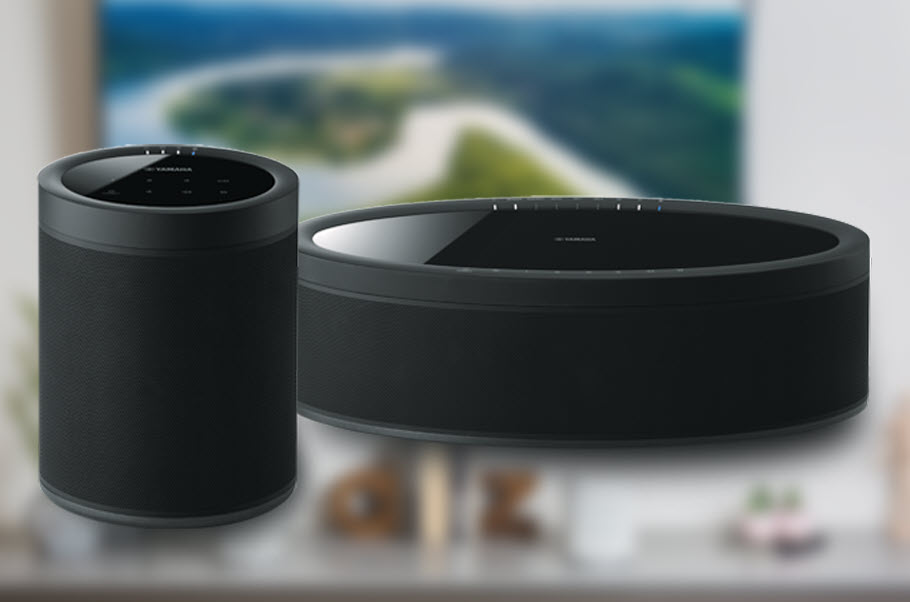Surround Sound Systems Explained: Dolby®, AURO-3D® and More
These are some of the most popular technologies for achieving immersive audio at home.
You’ve got the large screen television fired up and the popcorn and drinks ready to go. What’s needed to complete this picture? A good surround sound setup to envelop you in audio.
There are a number of ways to get that surround experience from your favorite movies, TV shows and video games. In this article, we’ll take a look at some of the most popular technologies for achieving immersive audio at home.
Dolby® and Dolby Atmos®
Dolby is a company that has been around since the mid-1960s. Their first system, which helped reduce tape hiss on analog recordings, was called Dolby Noise Reduction®. Since that time, they have introduced numerous multichannel encoding technologies, including several designed for use in home setups. These include Dolby Surround Sound®, Dolby Digital®, Dolby Pro Logic®, Dolby EX® and Dolby Digital Surround EX®.
Here, “encoding” refers to a process by which multichannel digital audio is converted into two compressed channels (i.e., stereo) so that it can be easily stored and streamed. Devices capable of decoding this data (typically AV receivers) then restore it to its original multichannel format.
In 2012, Dolby Atmos was introduced. It expands on basic 5.1- or 7.1-channel surround sound by adding height channels. This allows for a sense of three-dimensional audio with the use of in-ceiling or upward-firing speakers. In recent years, a growing number of film releases and television series have become available in the Atmos format, further expanding its reach and popularity.
Atmos provides up to 64 channels of audio by combining front, side, rear, back, and up to four overhead speakers with a sophisticated audio processing algorithm that adds spatial information for a totally immersive experience. Sound “objects” (such as, for example, a helicopter flying by) are carefully positioned by a re-recording mixer during post-production and their movements are reproduced as the Atmos-encoded stream is decoded. Most current Yamaha AV receivers, including all AVENTAGE RX-A and RX-V models, support Dolby Atmos. What’s more, the RX-V6A can create “virtual” height channels for Atmos-encoded streams even if no overhead speakers are connected! (Click here for more information.)
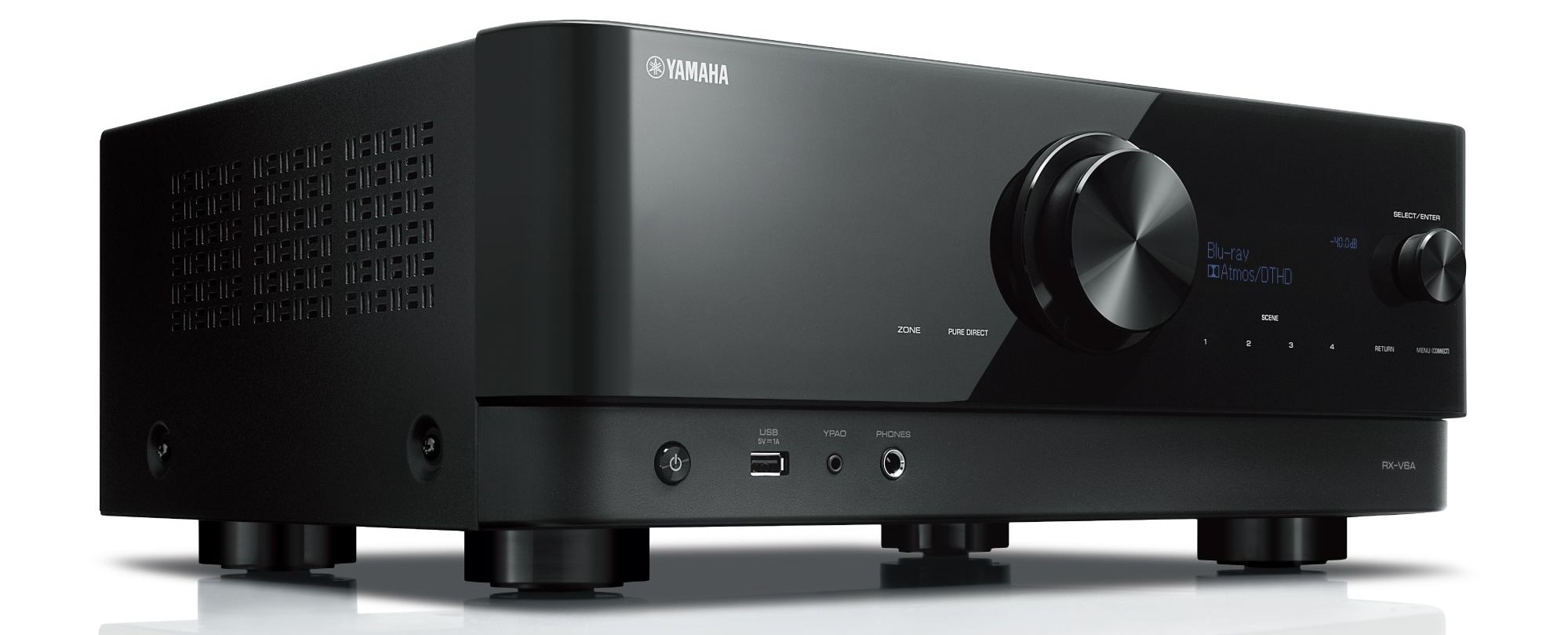
DTS®
DTS, short for Digital Theater Systems, is a competing surround sound technology that debuted in 1993. The company’s first system, used for the film Jurassic Park, was a 5.1-channel encoder/decoder that employed a slightly higher bit rate than Dolby Digital, so some listeners may perceive a slight increase in audio quality.
Like Dolby, there have been numerous DTS variants over the years, including DTS® ES™, DTS® ES Discrete 6.1™, DTS® EX Matrix 5.1™, DTS® 96/24™, DTS HD® DTS® Neo:6™, DTS Neo:X™, DTS® X™, DTS® Virtual:X and even DTS® Headphone:X™.
DTS:X is an object-based multichannel format that uses height channels to deliver a three-dimensional sound experience. Introduced directly to the home theater market in 2015, it can support up to 32 speaker locations. Unlike Dolby Atmos, DTS:X can work with any standard 5.1 or 7.1 system by allowing you to arrange the speakers in whichever way fits your space and letting the receiver’s auto calibration feature maximize your sound setup. It also allows you to manually adjust sound objects, so you can make that spaceship flyover even louder, or raise the level of the center channel dialog. Most current Yamaha AV receivers, including all AVENTAGE RX-A models and the RX-V6A, support DTS:X. (The RX-V4A supports DTS-HD.)
DTS: Virtual X employs proprietary audio processing technology to analyze the incoming audio in real time and create a 3D experience with a sound bar, without the need to connect extra height speakers. It can also work with any standard 5.1- or 7.1-channel audio system. Most current Yamaha sound bars, including the SR-B20A and YAS-109, offer DTS:Virtual X decoding.
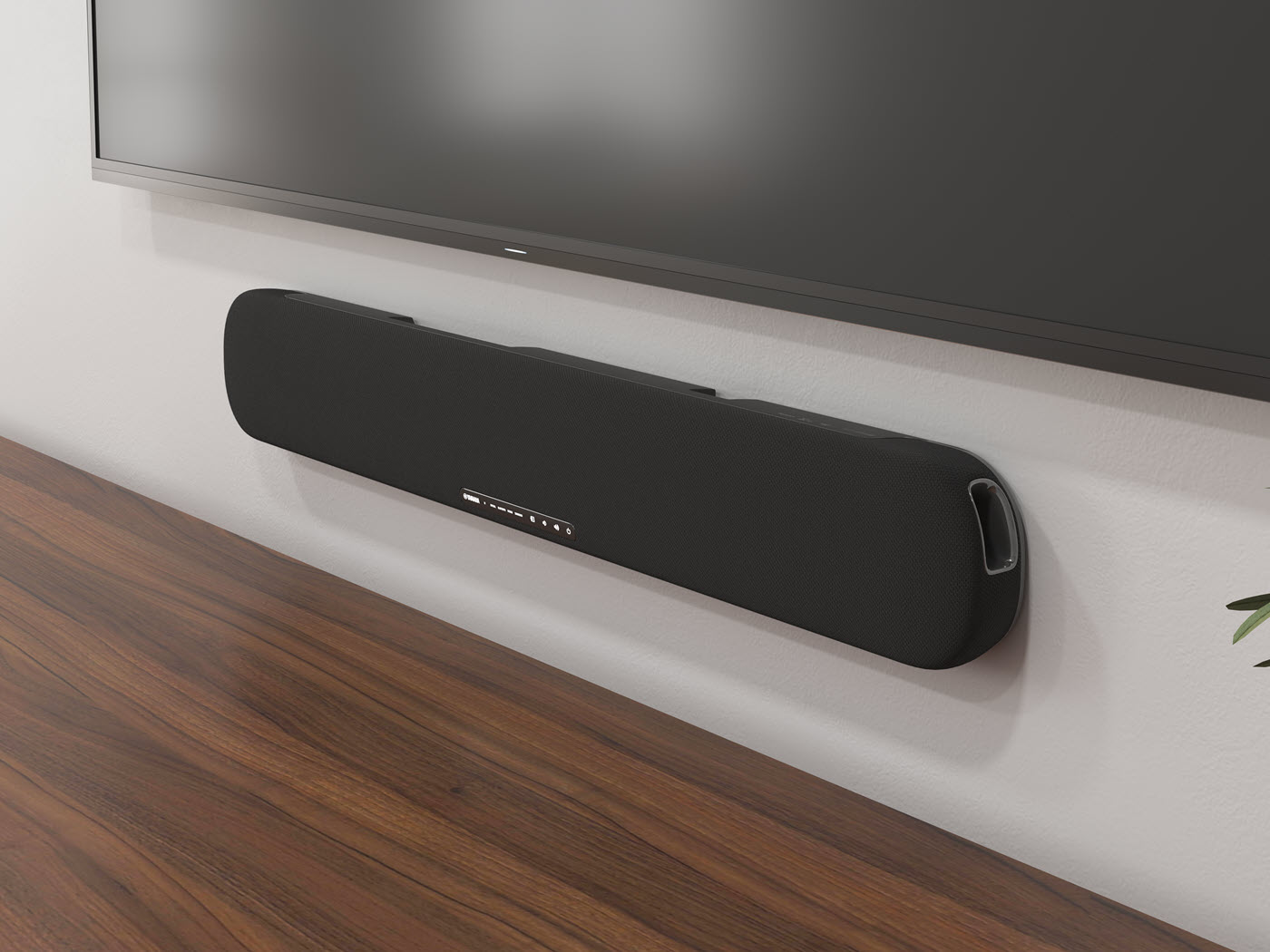
Surround: AI
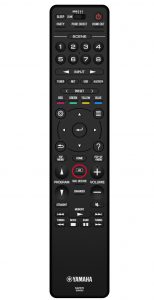
Surround:AI is an object-based surround sound format developed by Yamaha — the only AV receiver technology that uses artificial intelligence to increase audio clarity and space, automatically creating a fully enveloping 360-degree sound field. It works seamlessly behind the scenes by analyzing and adjusting the audio portion of the film in real time, at up to five times per second.
The technology, available in select Yamaha AVENTAGE AV receivers such as the RX-A4A, focuses on individual sound elements such as effects, dialog, ambience or music. This enables sonic components such as the all-important dialog to become more distinct and present in your speakers.
It also takes the worry out of selecting a different listening mode for each type of program. With Surround:AI, there’s no need to dig into the parameters and tweak, since it automatically enhances each scene through its intelligent DSP processing of the content. Simply press the “AI” button on your AV receiver’s remote and Surround:AI will take care of the rest.
AURO-3D
AURO-3D® is a next-generation technology that virtualizes sound from beyond the ceiling and floor for a three-dimensional audio experience. During decoding, it adds one or two height layers on top of a traditional surround mix. There’s also an optional third layer that can be placed above those for an increased sense of height, which is especially good for sound effects and “fly-overs.”
The height information is captured during recording or created during post-production and is combined with a standard 5.1- or 7.1-channel audio stream. This AURO-3D mix can then be decoded and played back by any AV receiver with an AURO-Codec decoder. Always on the cutting edge, Yamaha has new receivers coming out soon that will feature this exciting technology.
No matter which surround system you choose, Yamaha has you covered!
Check out these related blog articles:
How to Shop for a Surround Sound System
What’s So Good About Dolby Atmos and DTS:X?
What Is Dolby Atmos Height Virtualization?
Virtual Surround Sound and Yamaha Sound Bars
Click here for more information about Yamaha AV receivers.
Click here for more information about Yamaha sound bars.











